Thermal degradation: an opportunity wrapped in a problem. Equatorial PV deployment is growing and an affordable method of mitigating high-temperature-induced thermal degradation of panels could increase module efficiency and reduce the need to “repower” projects.
Achieving cost-efficient cooling, however, is tricky.
Researchers in Malaysia who published a review of PV module cooling techniques in Results in Engineering, in June 2024, noted the promise of “heat sinks” – fins made of lightweight material such as aluminum on the rear of modules to regulate air circulation.
Phase-change materials (PCMs) – which heat and cool using the energy absorbed and released during phase transitions such as solid-to-liquid – can absorb surplus panel heat but are pricey.
Another passive cooling approach involves the kinetic energy gained when water is heated, to make use of thermosyphon effect. In 2022, researchers from the Korea Advanced Institute of Science and Technology proposed a radiative-cooling-assisted PV module system, in Energy Conversion and Management. A PV module is placed on a water tank connected to water channels. Liquid circulated at night, via the thermosyphon effect, was stored in a tank as a daytime module cooling medium. The researchers claimed their system could lift net power output 6.4% for a PV module in Phoenix, in the United States.
Pumps, fans and blowers, to direct water, air, or nanofluids over modules, represent active cooling methods.
Active air-cooling offers a higher heat transfer rate than the natural convection of passive solutions, according to the authors of the paper A review on recent PV module cooling techniques: Types and assessment methods. Active water systems could reduce panel temperature significantly and researchers from the University of Calabria, in Italy, reduced panel rear temperatures up to 26.4 C using three spray and forced ventilation approaches in a paper published in Energy in 2020.
Engagement insights
There are plenty of promising approaches, so cost-effectiveness and scalability are crucial to attracting investors.
David McCloskey, associate professor of the Science of Energy and Energy systems at Trinity College Dublin, led a team that designed its own cooling system while consulting frequently with industry stakeholders. The goal was to create a cooling system that was compatible with current technology and could be retrofitted to existing panels.
Funded by Research Ireland, under its Science Foundation Ireland Zero Emissions grant, McCloskey’s team engaged with developers, solar asset owners and managers, module manufacturers, government bodies, and policymakers over the course of the project.
“We went through a lot of complicated ideas at the start of the project,” McCloskey told pv magazine. “At the end of the day, we said ‘Look, it just needs to be simple, passive, and compatible with current materials; let’s see what we can do with heat exchanger design on the back’.”
The result was an optimised fin structure that can be attached to the rear of a PV module and requires only a kilogram of aluminum per panel. A key finding showed that extremely thin fins measuring fractions of a millimeter could be used in the temperature ranges relevant for PV.
Temperature comparisons for modules with and without fins revealed a significant reduction due to heat sinking. For a module without cooling technology, the project’s northern European test site yielded a mean panel temperature of 44.6 C, with a maximum 49.5 C and minimum of 38 C. With cooling fins, mean temperature was 36.9 C with a maximum of 46.1 C and a minimum of 28 C. McCloskey said he would expect greater performance still in a warmer climate.
Longer lifespan
Better efficiency in the short term may not be the main benefit of PV module cooling systems, though, at least according to McCloskey. The real economic and sustainability advantages could be in delaying module degradation, potentially by decades.
“There’s a lot of nice work on degradation rates in solar PV but we were particularly motivated by an LCOE analysis from the group of Prof. DeWolf, out of [the] KAUST Solar Center,” said McCloskey.
Academics at the King Abdullah University of Science and Technology (KAUST) Solar Center, in Saudi Arabia, demonstrated the effects of solar cell and module heating on overall PV project cost in a paper published in Joule. The researchers built a temperature-dependent levelized cost of electricity (LCOE) model that revealed a 4 C decrease in module temperature could increase power conversion efficiency by a modest 1.0% to 1.8% but would result in a 50% increase in a module’s time to failure. Time to failure could even be increased by over 100% with a 7 C reduction.
McCloskey said his team was motivated by KAUST’s findings concerning the potential to increase time to failure by 50% or more. The researchers targeted and were able to demonstrate a temperature reduction “closer to 7 C,” he said.
“Now, it’s very difficult to motivate people on that timescale: ‘Here’s something that might last 25 years but if you fix this it would last you 50 years.’ That’s what we struggled with a bit – but, fortunately, with solar panels you also get an immediate payback, as their power output is temperature dependent.”
This content is protected by copyright and may not be reused. If you want to cooperate with us and would like to reuse some of our content, please contact: editors@pv-magazine.com.
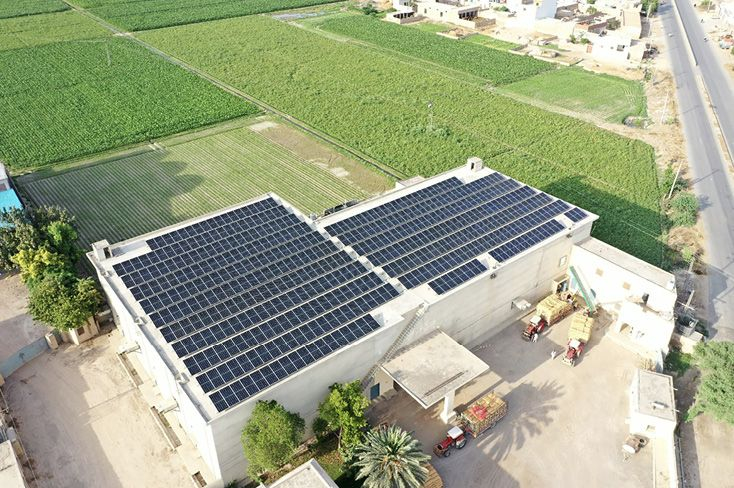
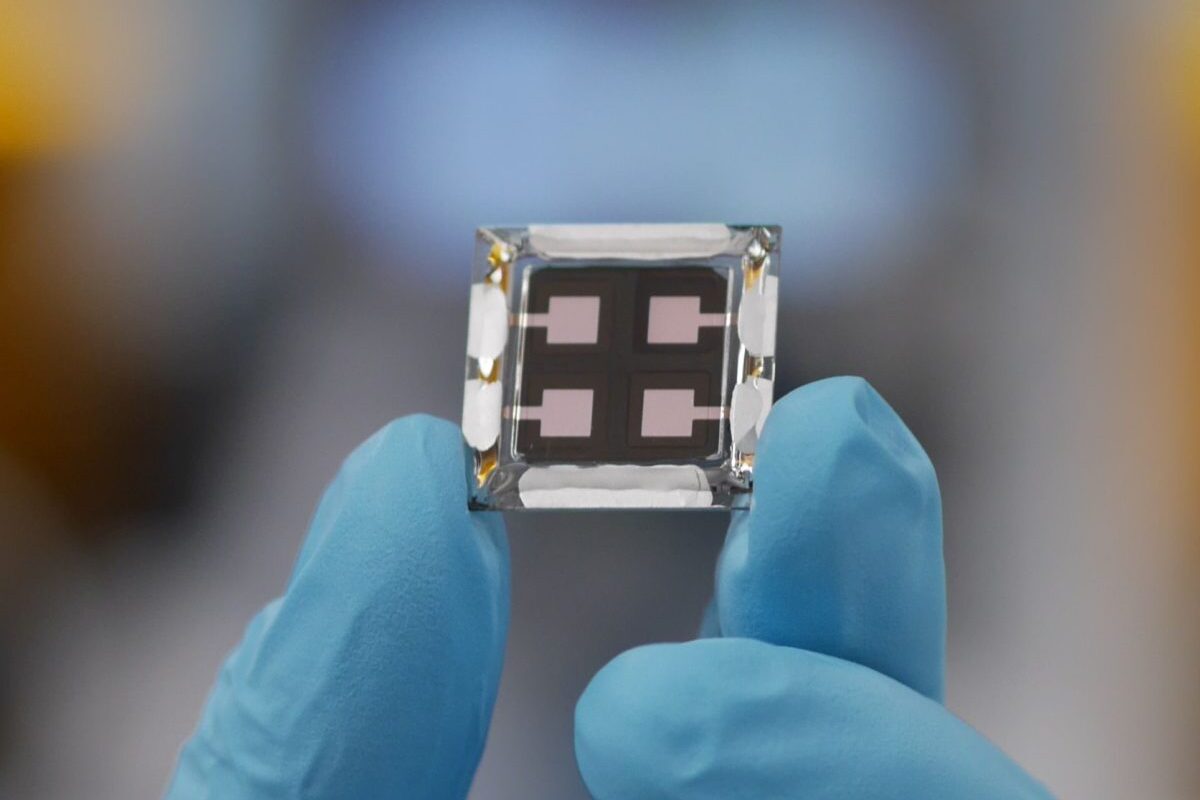

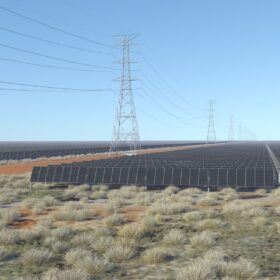
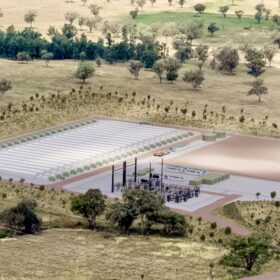
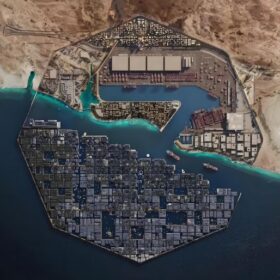
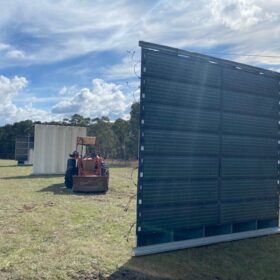
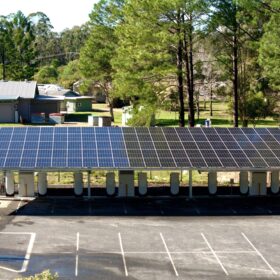
By submitting this form you agree to pv magazine using your data for the purposes of publishing your comment.
Your personal data will only be disclosed or otherwise transmitted to third parties for the purposes of spam filtering or if this is necessary for technical maintenance of the website. Any other transfer to third parties will not take place unless this is justified on the basis of applicable data protection regulations or if pv magazine is legally obliged to do so.
You may revoke this consent at any time with effect for the future, in which case your personal data will be deleted immediately. Otherwise, your data will be deleted if pv magazine has processed your request or the purpose of data storage is fulfilled.
Further information on data privacy can be found in our Data Protection Policy.